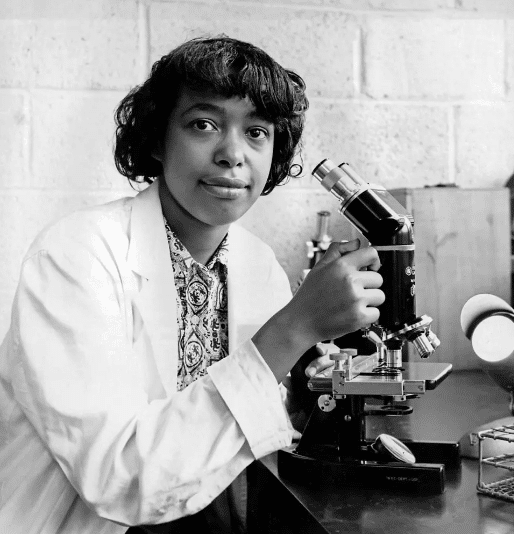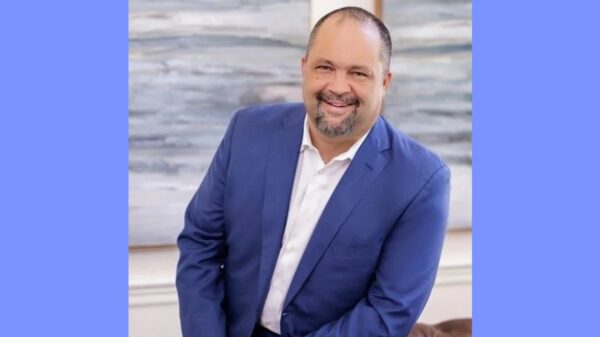By Dominique Lambright

There is a great deal of significance associated with the name Dr. Patricia Bath in the field of medicine, particularly in the field of ophthalmology. The face of modern healthcare has been irrevocably altered as a result of her groundbreaking work, unrelenting tenacity, and unwavering devotion to the prevention of blindness. Through her efforts as an ophthalmologist, laser specialist, researcher, and activist, Dr. Bath has had a significant impact on the globe and has helped save a great number of lives.
Most Notable Achievements
Dr. Bath is well recognized for her groundbreaking work in the field of cataract surgery, namely for developing the laser phaco device and procedure. She revolutionized cataract surgery, which had previously been a difficult and dangerous operation with poor visual results.
Dr. Bath’s dedication to her patients led her to develop a method to safely remove cataracts by breaking up the lens with a laser. In addition to facilitating the restoration of sight for innumerable people and allowing them to lead more meaningful lives, her innovation greatly improved cataract surgery’s efficiency, safety, and accuracy.
Dr. Bath’s impact goes beyond her innovation; she also helped establish community ophthalmology. She was an early proponent of community-based eye care after seeing the connection between socioeconomic status, healthcare disparities, and eye health.
She firmly believed that people of all income levels should have easy and equal access to quality eye care. Dr. Bath’s pioneering work in this field paved the way for a more holistic and inclusive approach to eye health, enabling underserved areas to get the treatment they needed.

Shattering Glass Ceilings
Not only did Dr. Bath contribute to the advancement of medical knowledge, but she also broke down barriers such as glass ceilings and other barriers.
In 1983, she distinguished herself by being the first woman in the United States to lead a residency program in the field of ophthalmology practice. The remarkable accomplishment did more than firmly establish her place in history; it also inspired other women who aspired to become doctors to follow in her footsteps and become physicians too.
As a source of motivation for women all around the world, Dr. Bath’s forthrightness and perseverance have made it possible for a great number of people to pursue studies in ophthalmology and other professions as well.
Dr. Bath has left an influence not just in the medical field but also in general. She was tireless in her efforts to prevent blindness by advocating for early diagnosis, regular eye exams, and access to high-quality eye care. Her efforts have influenced public health policy and have helped lessen the burden of blindness throughout the globe. The fact that Dr. Bath worked toward the elimination of blindness is proof of her unrelenting dedication to enhancing the lives of individuals and communities all across the world.
Extraordinary Contributions
To sum up, Dr. Patricia Bath has made fantastic strides in the area of ophthalmology. She revolutionized eye care with her innovations in laser phaco, community ophthalmology, and the fight against blindness.
Her impact on innumerable lives, the obstacles she conquered, and the motivation she now offers ensure that her legacy will endure. With her innovative ideas and forward-thinking approach, Dr. Bath is a role model for future doctors and a symbol of greatness in the medical field.
Modern-Day Patricia Bath
In terms of revolutionary medical contributions, Dr. Helen Brooke Taussig can be seen as a contemporary equivalent. Her groundbreaking work in pediatric cardiology is well-known, and she is especially credited for creating the first effective open-heart surgery for infants who were born with congenital heart abnormalities.
Each of these ladies achieved remarkable success and advanced medical knowledge in their own unique way.
It seemed like Taussig could do no wrong. She was 32 years old and directing a pioneering pediatric cardiology clinic at a top-tier national hospital. She lost the capacity to hear her patients’ heartbeats when her hearing started to deteriorate at this time in her life.
The traditional stethoscope was still the gold standard in patient communication in the 1930s, despite her best attempts with hearing aids and lip reading. Over time, Taussig mastered the art of “listening” with her hands by delicately pressing her fingers on a child’s breast to detect whispers. She was still more comfortable feeling for heartbeats than using a stethoscope, even after having surgery to partly restore her hearing as she became older.









You must be logged in to post a comment Login